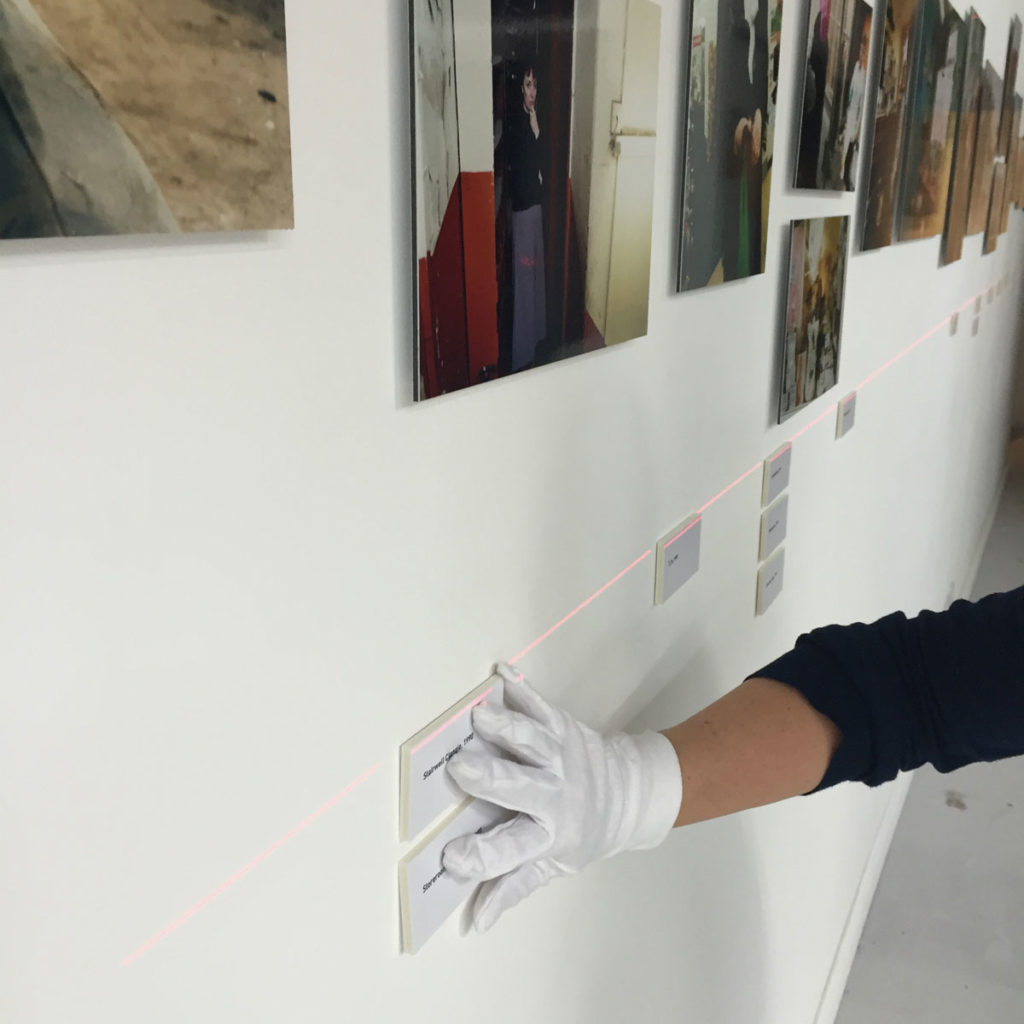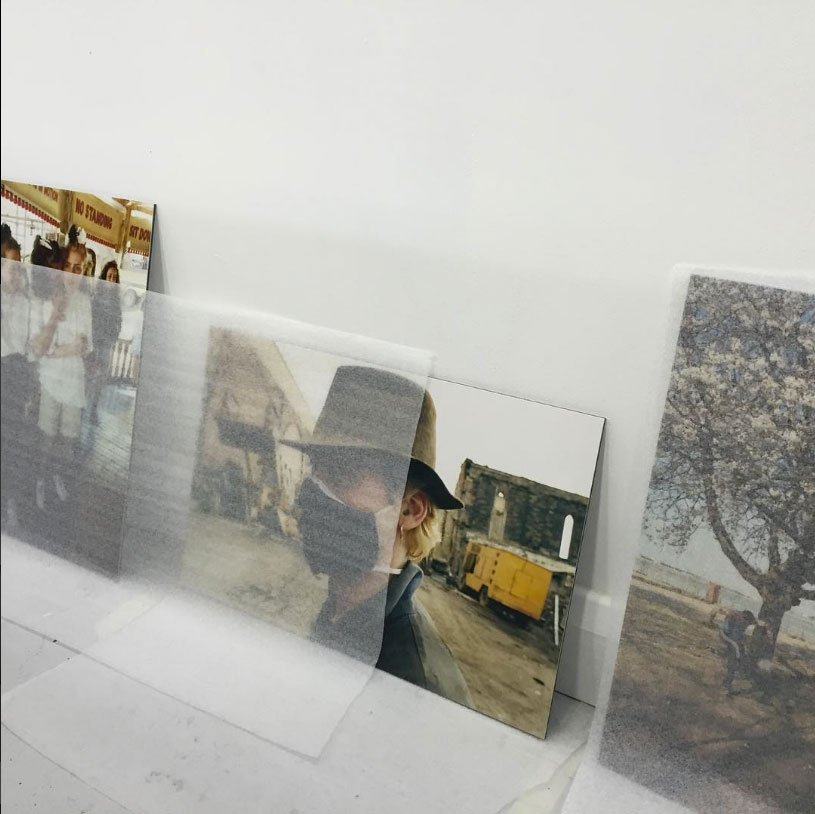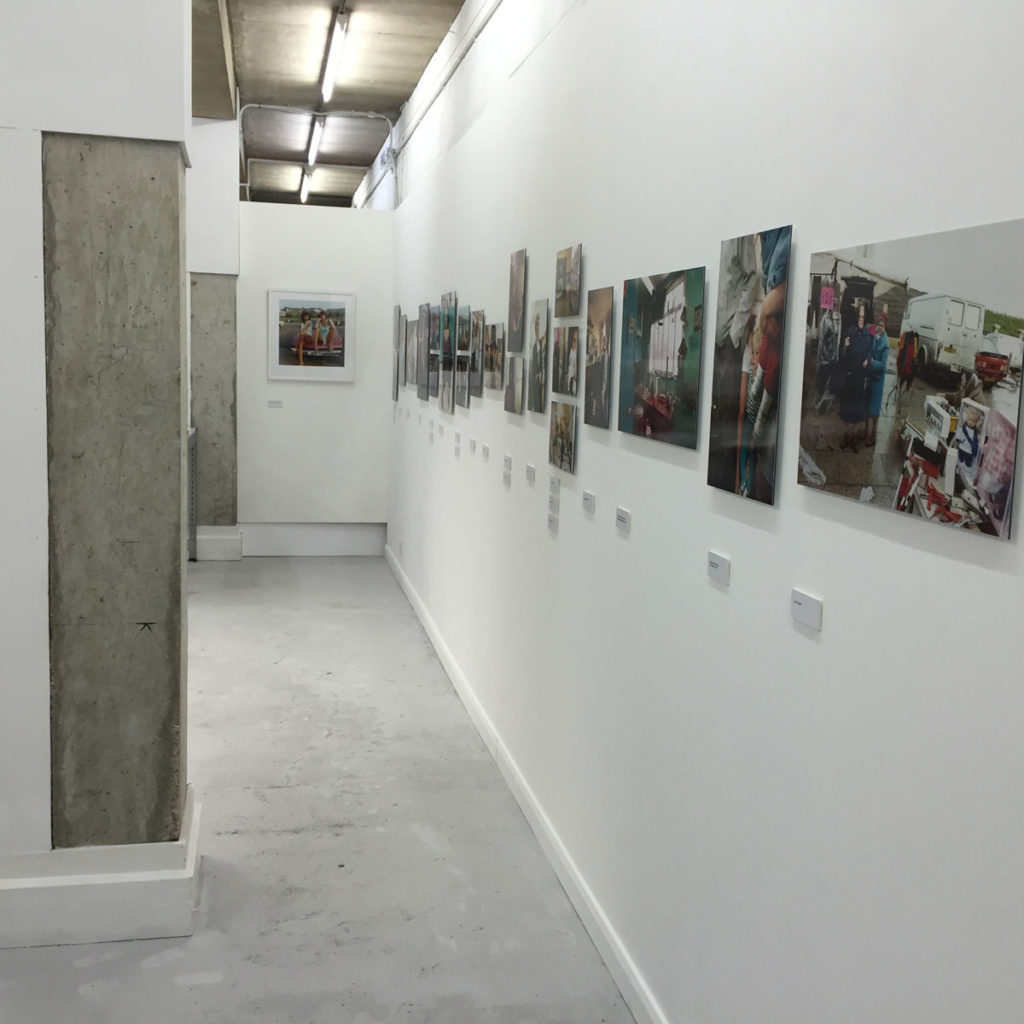
One of Dibond’s more common applications is as a printing substrate. The material is often used by print shops for photography and other artistic prints.
 Tom Wood, an acclaimed street photographer, from Liverpool is renowned for “…capturing the nuances and spirit of the working-class people of Liverpool,” according to a recent press release by Sheena Campbell about Wood’s exhibit last October. The show featured hand-printed images from Wood’s photo books: Love (1989), Photie Man (2005) and Men/Women (2013). The Dibond aluminum composite prints were completed by UK’s Spectrum Photographic by “master printers” Paul Lowe and Andy Ford.
Tom Wood, an acclaimed street photographer, from Liverpool is renowned for “…capturing the nuances and spirit of the working-class people of Liverpool,” according to a recent press release by Sheena Campbell about Wood’s exhibit last October. The show featured hand-printed images from Wood’s photo books: Love (1989), Photie Man (2005) and Men/Women (2013). The Dibond aluminum composite prints were completed by UK’s Spectrum Photographic by “master printers” Paul Lowe and Andy Ford.
The exhibit was Wood’s first ever in Brighton and was part of the Brighton Photo Fringe which ran for the month of October. Hazel Watts, one of Spectrum Photographic’s Directors, explained to 3A Composite Graphic Display USA, “We use Dibond everyday…Dibond is one of our most popular products.”
The relatively small company with only eight members on staff specializes in photography and fine art printing and mounting. Watts further explained, “Dibond is often chosen for its longevity, smooth surface and because it is archival. It is also good for touring exhibitions because it is relatively light.”

The archival nature of the material is noted by artists and printers alike who require a material that is resistant to warping and will last longer than other traditional substrates.
Wood’s portraits required a material that would complement and enhance the vibrancy of his works. Each piece is an intimate glimpse into the lives of every day people.
Photography © Tom Wood
Information courtesy of Sheena Campbell and Spectrum Photographic

